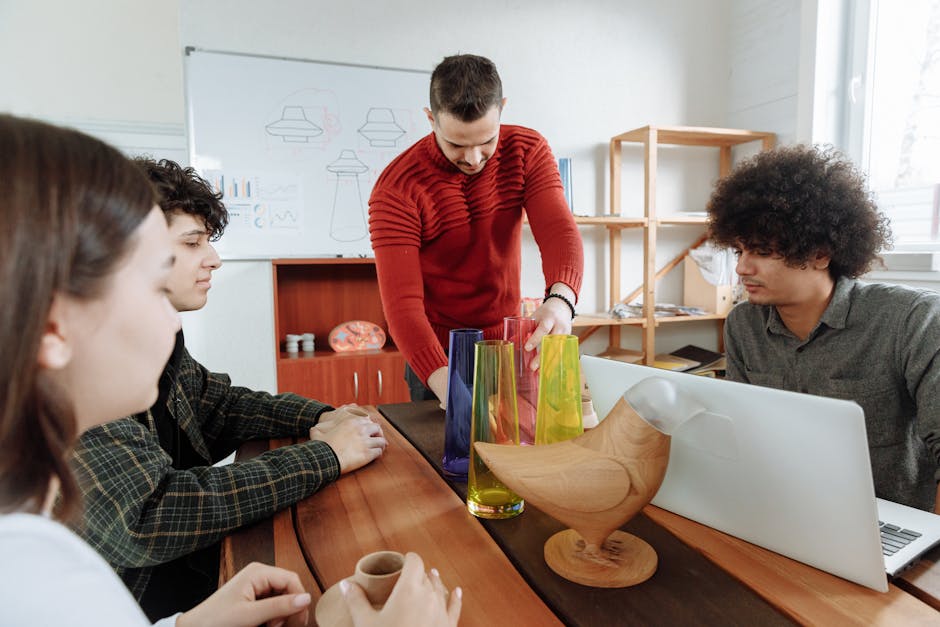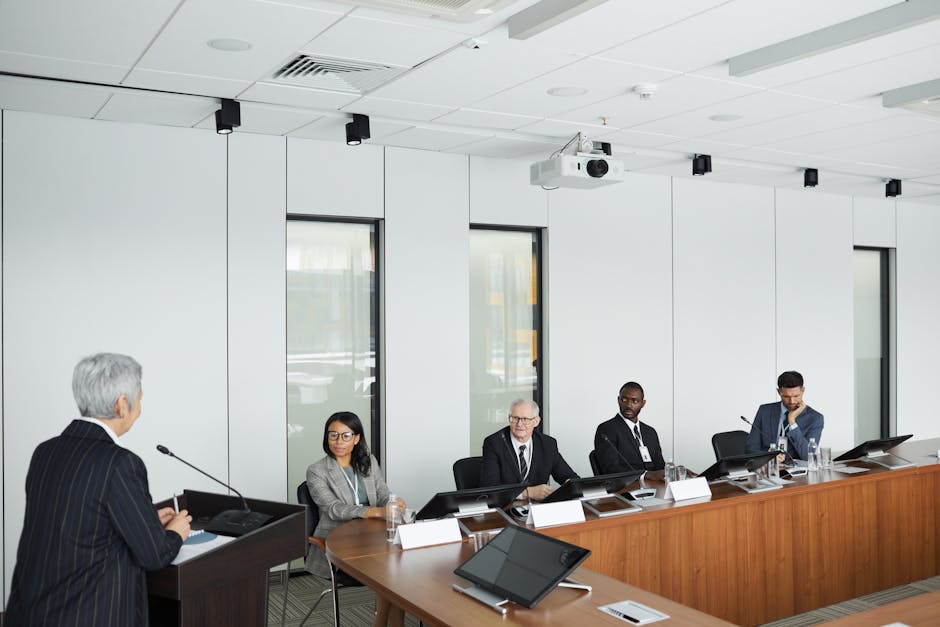How to Make Meetings More Effective: Strategies for Better Outcomes
“Learn how to transform unproductive meetings into powerful tools for communication and decision-making. This article explores key strategies for creating effective meetings, from setting clear objectives to fostering a collaborative environment and implementing post-meeting action plans. ”

The Art of Effective Meetings: Transforming Time-Wasters into Productivity Powerhouses
In today's fast-paced business world, meetings are the lifeblood of organizational communication and decision-making. However, all too often, they become dreaded time-sinks that leave participants feeling frustrated and unproductive. The good news is that with the right strategies, you can transform your meetings into efficient, engaging, and results-driven sessions that actually move your business forward.

Understanding the Importance of Effective Meetings
Before diving into strategies for improvement, it's crucial to recognize the impact of poorly run meetings. According to research, executives report that 67% of meetings fail to meet their intended goals, resulting in a staggering $37 billion wasted on unproductive meetings each year in the US alone. This not only affects the bottom line but also takes a toll on employee morale and overall productivity.
Key Strategies for Making Meetings More Effective
1. Establish a Clear Purpose and Agenda
Every meeting should have a well-defined purpose and a structured agenda. This helps participants prepare and ensures that the discussion stays on track. When creating your agenda:
- Clearly state the meeting objectives
- List specific topics to be covered
- Allocate time for each agenda item
- Share the agenda with participants in advance
2. Implement Meeting Ground Rules
Setting ground rules creates a framework for respectful and productive interactions. Some essential ground rules include:
- Start and end on time
- Come prepared
- One person speaks at a time
- Stay focused on the agenda
- Encourage participation from all attendees
By establishing and enforcing these rules, you create a more structured and efficient meeting environment.

3. Foster a Collaborative Environment
Effective meetings thrive on collaboration and open communication. As a meeting facilitator:
- Encourage participation from all attendees
- Practice active listening
- Create a safe space for sharing ideas and opinions
- Manage dominant personalities diplomatically
- Use inclusive language and body language
4. Utilize Effective Decision-Making Processes
Meetings often stall when it comes to making decisions. Implement clear decision-making processes to keep things moving:
- Define the decision-making method in advance (e.g., consensus, majority vote)
- Ensure all necessary information is available
- Set time limits for discussion and decision-making
- Document decisions and action items
5. Leverage Technology Wisely
While technology can enhance meetings, it can also be a source of frustration if not managed properly. To make the most of tech tools:
- Test all equipment before the meeting starts
- Have a backup plan for technical difficulties
- Use collaborative tools like digital whiteboards for brainstorming
- Ensure all participants are familiar with the technology being used
6. Follow Up and Take Action
The effectiveness of a meeting extends beyond its conclusion. To ensure that decisions translate into action:
- Assign clear action items with deadlines
- Distribute meeting notes and action items promptly
- Follow up on progress between meetings
- Use action items as a starting point for the next meeting

Implementing Change: A Roadmap to Better Meetings
Transforming your organization's meeting culture doesn't happen overnight. Here's a step-by-step approach to implementing these strategies:
-
Assess Current Practices: Evaluate your existing meeting processes and identify areas for improvement.
-
Educate and Train: Provide training on effective meeting techniques for all employees, especially those who frequently lead meetings.
-
Start Small: Begin by implementing changes in smaller team meetings before rolling out organization-wide.
-
Gather Feedback: Regularly solicit feedback from meeting participants and adjust your approach accordingly.
-
Lead by Example: Ensure that leadership consistently models effective meeting behaviors.
-
Measure and Adjust: Use metrics like meeting satisfaction scores and productivity measures to track improvement over time.
By consistently applying these strategies, you can create a meeting culture that values time, fosters collaboration, and drives results. Remember, the goal is not just to have meetings, but to have meetings that matter.
Effective meetings are a cornerstone of successful organizations. They provide a platform for sharing ideas, making decisions, and moving projects forward. By implementing these strategies, you can transform your meetings from necessary evils into powerful tools for driving your business forward.
In conclusion, the key to making meetings more effective lies in thoughtful planning, clear communication, and consistent follow-through. With practice and commitment, you can create a meeting culture that energizes your team and propels your organization towards its goals.